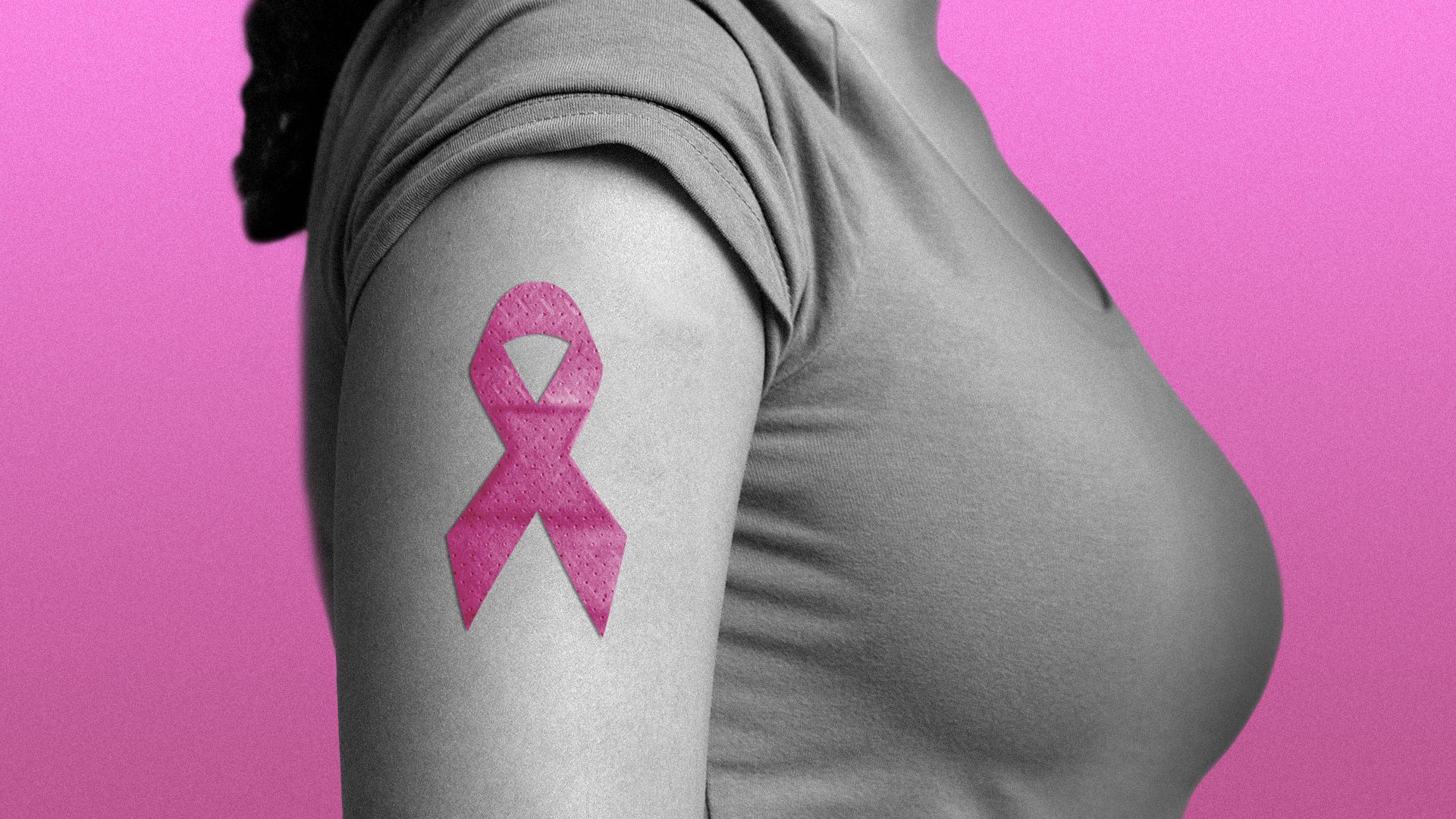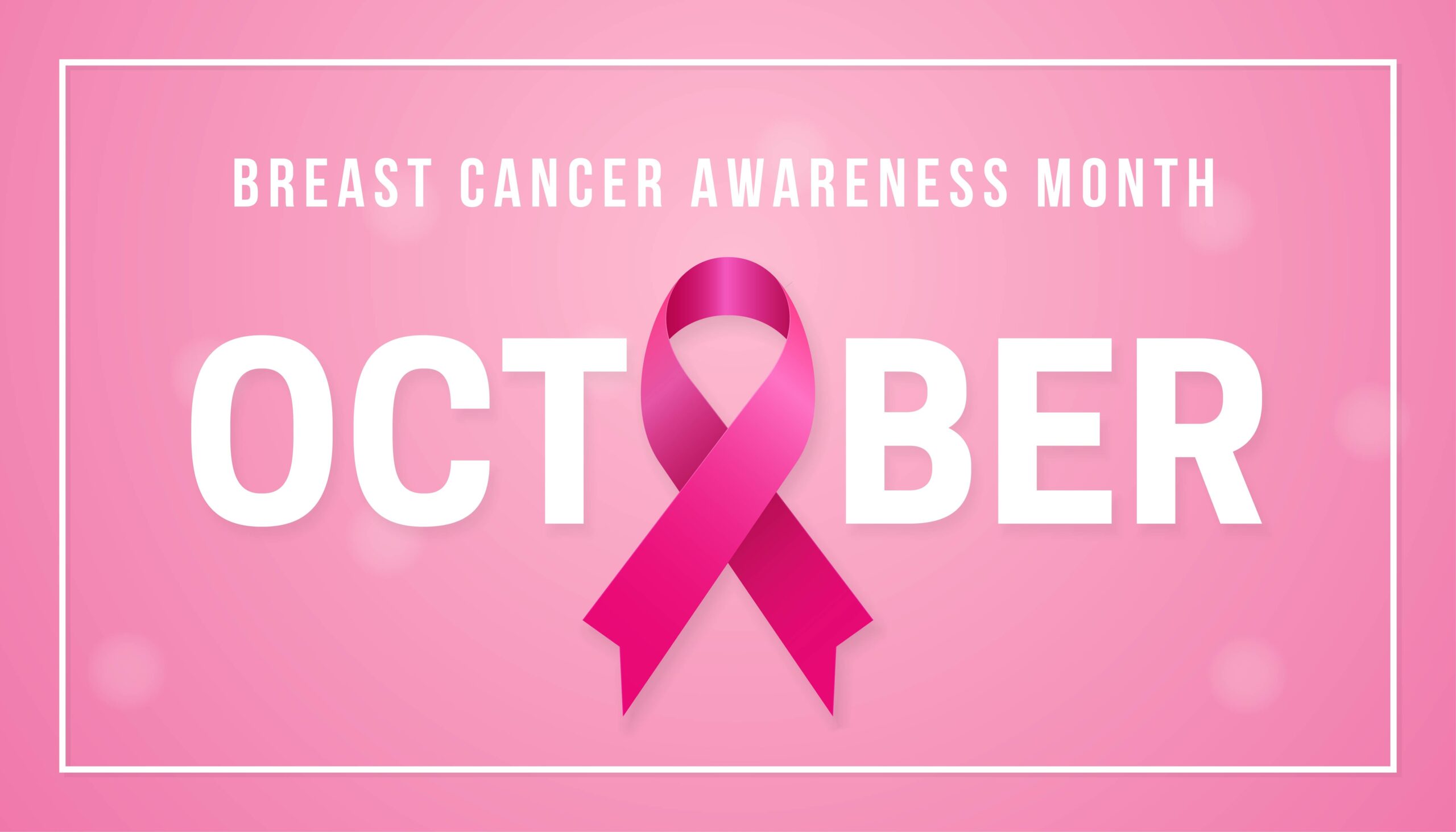Early detection of breast cancer is the key to successful treatment. Breast Cancer Mammography Images are the most common type of cancer in women. These mammography images will help you learn more about breast cancer.
This topic is interesting and slightly different from what we usually cover here. We were excited to get this job done for our customers. We must take good care of them when they’re in the hospital. It can be very scary and hard to deal with. It’s a big deal.
Mammography is a type of medical imaging that uses low-dose X-ray images to detect abnormalities in breast tissue. This screening test is recommended for women over 40 years old and those with risk factors for breast cancer.

This is a collection of mammography images from the University of Michigan Medical Center. All of them are free for use in medical education or research.
Breast cancer is one of the leading causes of death in women worldwide, especially in America. Breast cancer is the most common type of cancer among American women.
The answers to these questions and more are available on this website, which offers free mammograms, breast cancer image galleries, and a community of people affected by breast cancer.
If you’d like to learn more about breast cancer and mammography, click here to visit the site.
Breast cancer
Breast Cancer Mammography Images is a well-designed and easy-to-use application for iOS and Android users. The app offers images from the Mammography category.
This category contains over 1 million mammograms in more than 25 countries, all freely available for research.
These are breast cancer mammography images that I have found online. Many women undergo breast cancer treatment and are left with permanent scars.
For this reason, many women choose to get breast reconstruction done, which is when plastic surgeons can be very helpful. Breast cancer mammography images are very important for women with breast cancer.
Breast cancer mammography images can be used to detect and diagnose breast cancer. This radiological image of the human breast can be used to diagnose breast cancer.
Mammogram
A mammogram is a low-cost, painless, quick screening method for breast cancer detection. This is usually done by a health professional who takes multiple x-rays of the breasts.
It can detect small tumors to be missed on physical exams.
A mammogram can find tumors too small for a woman to feel, so they may not even know they have cancer.

Mammograms are typically done every year for women between the ages of 50 and 74. However, the recommended age range is from 40 to 80.
While the risk of developing breast cancer is higher for women older than 40, younger women can also develop breast cancer.
Some young women are also at higher risk of developing breast cancer because they have a family history of breast cancer.
Ductal Carcinoma In Situ (DCIS)
DCIS is an early form of breast cancer typically occurring in the milk ducts. Although DCIS is relatively uncommon, it can progress into invasive breast cancer.
Most women with DCIS are diagnosed between 35 and 70, which is more common among women with a family history of breast cancer.
DCIS may be difficult to diagnose because it often doesn’t have symptoms. If a lump is detected on a woman’s breast, she might undergo a mammogram, ultrasound, or biopsy.
While a mammogram will show a mass on the breast, a biopsy is necessary to confirm the diagnosis.
Prophylactic mastectomy
This strategy aims to remove any risk of breast cancer from the equation.
You can’t eliminate the risk of breast cancer, but removing a woman’s ovaries and prostate removes many of the risks associated with hormone therapy.
While the surgery is a major operation, the results are often well worth the pain.
Screening
You may have heard that regular mammography screenings can help prevent breast cancer, and that’s true. However, some people don’t know that mammography cannot detect all breast cancer cases. That’s where screening comes in.
Screening is a way of checking for breast cancer before symptoms appear. It’s important because the earlier a woman detects breast cancer, the easier and more effective the treatment is.
Most women will get at least one mammogram yearly, but if you’re at high risk of developing breast cancer, you may need more frequent mammograms.

Frequently Asked Questions (FAQs)
Q: How often should women have a mammogram?
A: Women should begin screening mammograms at 40 and continue every other year for women over 50. It’s also recommended that women between 40 and 50 have an annual mammogram.
Q: Why should women be screened for breast cancer?
A: If someone has a family history of breast cancer or a previous diagnosis, they should consider having a mammogram. Our breasts naturally lose fat, and we lose more estrogen with menopause. Also, as we get older, our bodies change. We start having dense breasts, making reading a mammogram harder. All of this can make it harder to find a tumor, which is why it’s important to be screened.
Q: What does it mean when an image of the breast is blurry or dark?
A: It means that either the image was not taken properly or there are problems with the equipment. If the mammogram is normal, then you are probably fine. A mammogram is the only way to detect cancerous tumors in women.
Q: How can I tell if my doctor needs to refer me to a specialist?
A: If your doctor might need to refer you to a specialist, talk to them.
Q: Should I worry if my doctor thinks I should undergo a biopsy?
A: If your doctor thinks you should undergo a biopsy, get one. You want to rule out cancer and ensure your health is protected.
Myths About Breast Cancer
1. There is no risk with mammography.
2. Mammograms can prevent breast cancer.
3. Breast cancer can only occur in older adults.
4. There are no benefits to a woman getting a mamm.
Conclusion
The mammography images used by the National Cancer Institute (NCI) to train its breast cancer detection software were released publicly for research purposes in January 2018.
The NCI has a powerful machine-learning algorithm that automatically detects mammogram abnormalities. However, the algorithm can only learn from images in the public domain.
In this study, researchers used open mammogram data to build their dataset for training the algorithm. This improved results over the original algorithm and allowed,allowedeate new algorithms for more accurate be more accurateness mammography images that can be used for free. Some companies pay people to take their mammograms so they can use the photos for free.
While breast cancer screenings have been around since the 1930s, it wasn’t until the 1980s that the American Cancer Society started making mammograms available to all women.
Over the years, the standard has been upgraded to show higher-quality images.


